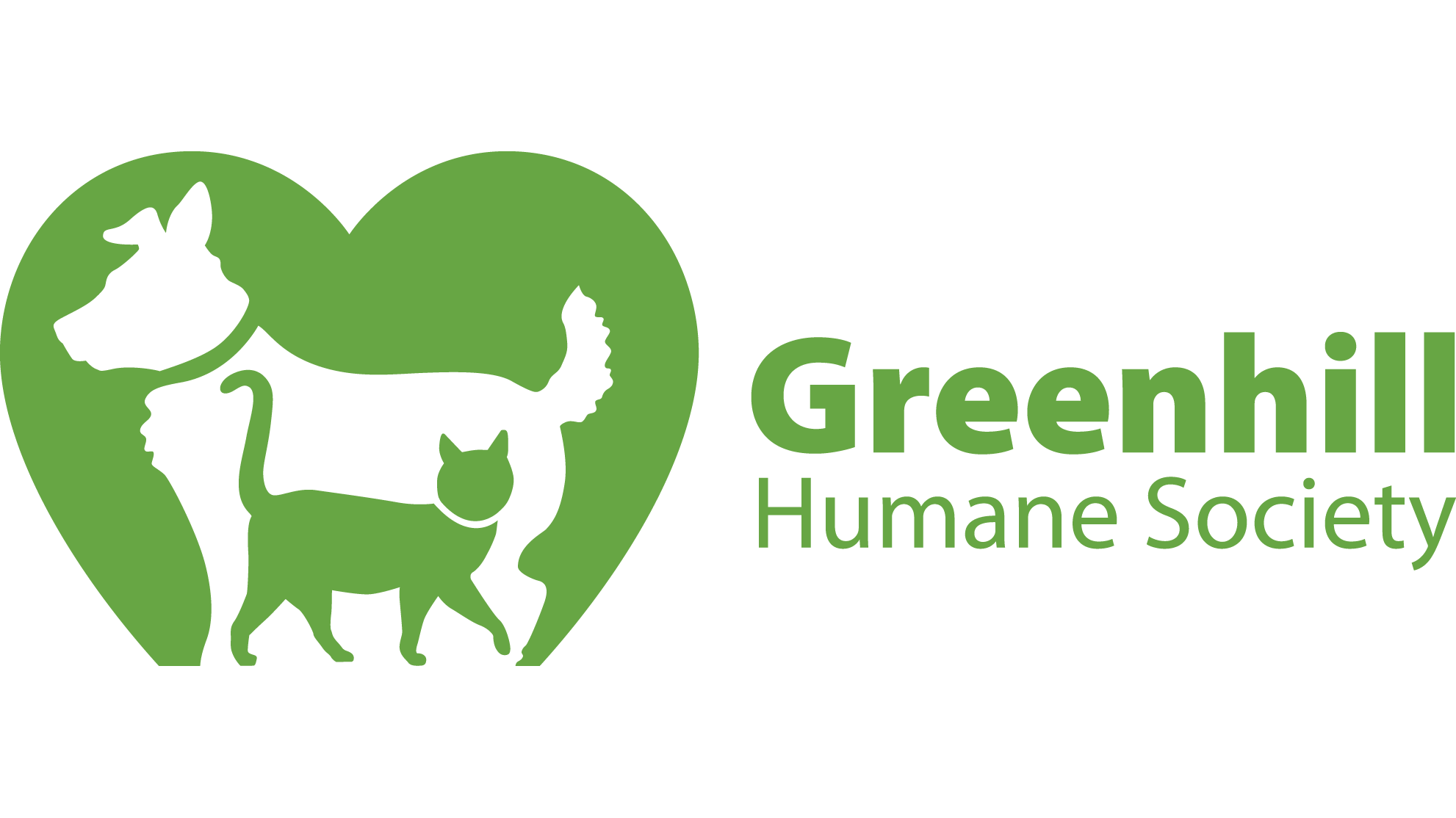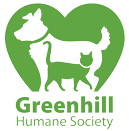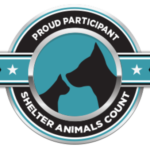By Laurel H.
Define it
I think we all have a different idea of what loose leash walking is. Some of us think of it as a “heel,” where the dog stays by your side throughout the walk. Some of us think of it as a more casual thing – mostly just the dog not dragging you down the street. For the purposes of this article, I am going to use the second definition, though the teaching is fairly similar.
Get Ready
We teach the shelter dogs with a clicker. If you don’t want to take a clicker with you on a walk, pick a marker word (a word to tell the dog they did well and a treat is coming) to use. I like “good,” because I think it sounds nice and consistent. Other people use “yes” or odd things like “yip.” When I say click from here on out, that word can act in the same way as the clicker.
Here’s how I set myself up for a walk. This might actually be the hardest part, because it can feel awkward at first. Don’t give up. It gets easier, I promise.
- Treats on the same side as I want the dog to walk, in a pocket or a treat bag, easy to get to
- Leash in the hand opposite to the dog
- Clicker, if I’m using one, in the same hand as the leash
- Dog wearing a harness and leash(es) – the leash crosses my body in front so I can hold it opposite of the dog.
Attention
The first thing you actually need to work on has nothing to do with walking… it’s just getting the dog’s attention on you. I think a lot of the shelter dogs that have no leash manners may actually not know that there is a person on the other end of the leash; there’s just a dead weight back there keeping them from going where they want to go. So, you have to get their attention.
Stand facing the dog. Have yummy treats. Click and treat a few times for nothing at all. When they are giving you attention, start clicking when they look at you, then treat to the ground. When they look back up at you, click again. Do this as fast as you can with the dog to get them really excited about working with you and keep their attention on you.
You have to be more interesting that the environment (smells, traffic, other dogs, etc). Otherwise, the dog has no reason to pay attention to that dead weight at the end of the leash, because SQUIRREL!
First Steps
We share some videos with our volunteers on how to get started with loose leash walking. Here are the links:
Even if you don’t teach it with as many steps and precision as those videos, here are some basic concepts:
- Once you have attention, click and treat every step to start. You are trying to click and treat before the dog dives out in front of you.
- As you increase the number of steps between each click/treat, make sure you are being unpredictable. If you always click after 3 steps, the dog is no dummy. He’s going to wait 3 steps, look for the treat, and if you don’t deliver it’s time to start dragging you down the street! So, don’t make it the same every time. Just keep the average going up over time, from walk to walk.
Add a Cue
After you’ve got about 3 or 4 steps between click/treats, add a cue. Say “with me” before you start walking. After you’ve gone a ways, say “okay” or “go sniff,” then let the dog take a break and sniff around. Use “with me” when you are ready to start practicing again.
Watch for Triggers
If you’re walking a dog that you know reacts to something (dogs, cars, skateboards, bikes, cats, clowns, etc) and you see that kind of trigger headed your way, make as much as space as you can. If getting away from the trigger means going back the way you came (and you can do so), do it. Click/treat rapidly until the trigger is safely away from you.
Let the Dog Sniff
Dogs need opportunities to sniff and just be dogs. Sniffing helps them relieve stress and take in information about the world. Dogs experience the world through their noses kind of like we do visually. Imagine if you were so excited to go for a walk at sunset along the beach, but you had to keep a blindfold on so you couldn’t actually enjoy it the way you imagined. BORING. Walks are a chance to enrich the dogs’ lives, not just march them down the street. Be sure to give them time to enjoy it!








